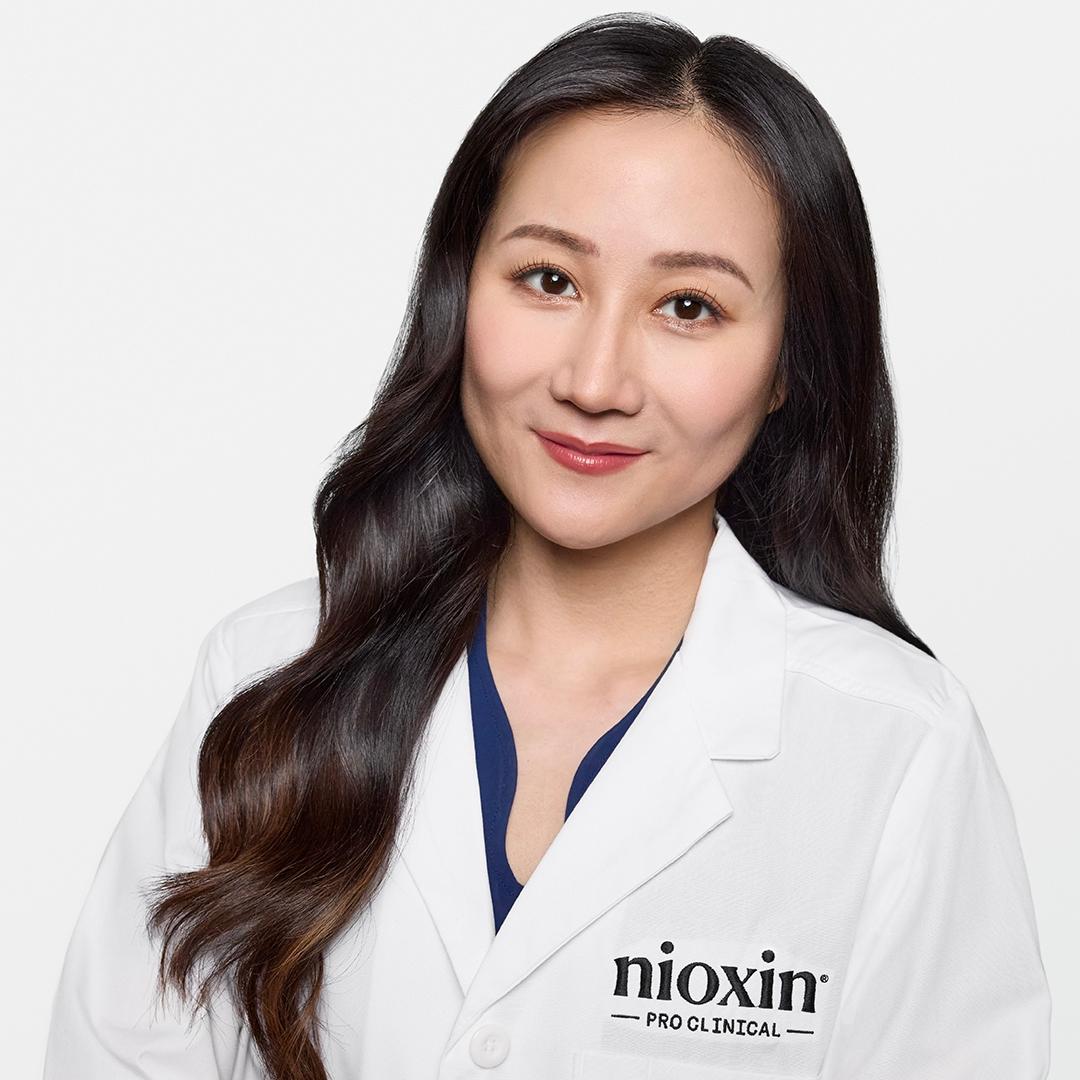How To Treat Postpartum Hair Loss

If you find that your hair feels noticeably thinner around three months after giving birth, you’re not the only one – postpartum hair loss affects about half of all new moms.1,2
If you recently had a baby and you see more hair coming out on your hairbrush, don’t panic – this increase in hair shedding won’t last too long. Read on to find out what causes postpartum hair loss, its potential treatments, and how soon your hair will feel thick and lustrous again.
Key Takeaways
While it’s never nice to feel like your hair is thin, postpartum hair loss is a natural consequence of hormone changes during and after pregnancy.
Luckily, excessive hair shedding after giving birth is temporary, and your mane should return to its normal thickness within a year.
In the meantime, using volumizing hair styling products, taking supplements formulated for hair growth and taking care of your locks can help your hair look and feel healthy until the postpartum shedding phase comes to an end.
WHAT CAUSES POSTPARTUM HAIR LOSS?
The root cause of hair loss after giving birth is due to the hormone estrogen. In the third trimester of your pregnancy, your estrogen levels increase, which prevents your hair from shedding as much. Typically, we lose around 100 hairs per day, but due to higher estrogen levels during the last three months of pregnancy, your hair might feel thicker as it sheds less.1
Postpartum hair loss starts once you’ve had your baby, and your estrogen levels drop. At around three months postpartum, this reduction in hormone levels causes what’s known as ‘excessive hair shedding’ at a rate of more than 100 hairs per day.1
Alongside hormone changes, another cause of hair loss in new moms can be stress and anxiety.3 With a new addition to the family can come sleepless nights, financial worries and less time to take care of your own health.
Dealing with stress can help stop the shedding.3 Talking to your doctor, family or other support systems can help you address your anxiety and get effective treatment if you need it.
SIGNS OF POSTPARTUM HAIR LOSS
More hair left on your hairbrush, on your pillow, on your clothes and coming out when washing your hair can signal that you’re going through postpartum hair loss. You might start to notice this from three to six months after having your baby.1
POSTPARTUM HAIR LOSS TREATMENT
Unfortunately, there’s no medical treatment for postpartum hair loss – it’s a symptom of natural hormonal changes after having a baby.1
However, if you do experience some postpartum shedding, there are steps you can take to help your hair feel fuller and more voluminous:1
Use a volumizing shampoo and conditioner: choose a volumizing shampoo to add body to your hair, as well as a lighter conditioner that won’t weigh it down and make it look limp. Avoid putting conditioner on your roots and apply it only to the ends of your hair.
Be gentle with your hair: don’t pull or be rough when brushing – start by combing the ends of your hair before moving up the lengths to gently remove any tangles. Lower your heat settings when blow-drying and using styling tools to help prevent damage, and avoid braids and tight ponytails which can pull your hair and cause more shedding.
Go for the chop: if you have long hair, getting a shoulder-length cut has the double benefit of making your locks look thicker and taking less time to style – both wins when you’re a busy new mom.
Try postpartum hair loss vitamins: alongside eating a healthy diet, getting the right nutrients for hair growth can be achieved by taking vitamin supplements. Our NIOXIN hair supplements for healthier hair contain biotin, zinc and iron to help your hair regain its fullness after going through postpartum hair loss.
HOW LONG DOES POSTPARTUM HAIR LOSS LAST?
While excessive hair shedding can be distressing, try to remember that postpartum hair loss is temporary. It should last for less than six months – most women regain their pre-pregnancy head of hair by their baby’s first birthday.1
If your hair still feels thin more than a year after giving birth, consider seeing a doctor who can investigate whether there are any other reasons why your hair is falling out and recommend effective treatments.4 Other conditions like thyroid disease and iron deficiency can also cause hair loss.1
WHAT IS A HAIR TOURNIQUET?
As well as causing thinner hair, postpartum shedding can have a (quite rare) side effect – hair tourniquets. This is when a loose strand of hair wraps around a baby’s finger, toe or another body part, effectively acting as a tourniquet and cutting off blood circulation to the area or causing an infection.4
While hair tourniquets are rare, knowing what to do if you find one on your baby is useful. Here’s how to remove a hair tourniquet:4
Look for the end of the hair and gently unwind it.
If you can’t see a loose end, use small scissors to gently cut the hair.
If you’re unable to remove the hair or it has become enmeshed in your baby’s skin, get immediate medical help by calling your baby’s doctor or taking them to the emergency room.
WHAT’S THE BEST SHAMPOO FOR POSTPARTUM HAIR LOSS?
When you’re trying to mask thin hair due to postpartum shedding, choose haircare and styling products formulated to add volume. Avoid anything too heavy, like deep conditioning products, which will weigh down the hair.
Try our NIOXIN Instant Fullness Dry Cleanser to refresh your hair between washes and act as an instant volumizer – then see our full range of NIOXIN hair thinning solutions for women to learn more about caring for your hair through postpartum hair loss.
References:
https://my.clevelandclinic.org/health/diseases/23297-postpartum-hair-loss
https://www.aad.org/public/diseases/hair-loss/insider/new-moms